-
1Prepare the Parts
![]()
The first step is to disassemble your Korg NTS-1 and remove the main board. You don't need to unscrew everything for that, you only need to remove the back panel and loose the screws of the side panels where the connections are to be able to remove the board.
Then you have to pry open your USB battery to extract the USB board and battery out of the casing. You can use a small flat screwdriver for that. Once the case is open, remove the battery carefully as it's usually glued to the case.
-
2Solder Wires to the Board (1/2)
![]()
Let's start with soldering a red wire to the right pin of the green electronic fuse marked wit "1x1", located on the left side of the micro USB port on the NTS-1 board.
Make sure to not put too much tin, to avoid shorts with nearby components.
-
3Solder Wires to the Board (2/2)
![]()
After that, solder the other end of this red wire to any side pin of the power switch. Pick a second red wire, and solder one end to the center pin of the power switch.
Then flip the NTS-1 board, pick the black wire, and solder one end to the USB port bottom pin (left or right side will do).
-
4Solder the Battery Board
![]()
The final soldering step is to attach the wires to the battery board.
Make sure to flip the power switch to the side where no wire is soldered before continuing!
Before attaching the wire, you have to unsolder the dangling USB cable on the battery board. The spots should be marked as 5V+ and 5V- on the board.
Once the USB cable is detached, you can solder the red wire end to the 5V+ spot and the black wire end to the 5V- spot. Be extra careful to avoid shorts here, as the circuit is powered at this point!
-
5Re-assemble and Test
![]()
Now you can put the NTS-1 board back in place to test if everything works. The red wire than goes inside should be placed in the empty space on the top-left side of the board, as pictured here.
Before going any further, it's time to test if everything is working: flip the switch, wait a few seconds and the NTS-1 should shine its light. If it's not working, inspect every soldering spot to check if the wire is properly attached and that there's no shorts.
-
6Add Electrical Tape
![]()
Add some electrical tape to the place where the battery connectors and the USB board will be, to provide an insulation layer and avoid any unwanted contacts with the NTS-1 board.
-
7Mount the New Side Panel
Now that the most difficult part is done, it's time to put the finishing touch and make the mod sturdy so you can take this little synth everywhere.
![]()
It took me quite a few tries to design a replacement panel that is both easy to mount and sturdy enough to resist many plugging in/out the USB cable to recharge the battery. In case you're wondering, I used the open-source 3D modelling software Blender (and a lot of patience) to design this part. All to finally end up with this little thing.
![]()
Remove the side panel on the left side (when the NTS-1 is upside down), and slide in the 3D-printed replacement panel. You'll have to gently bend it to make it slide past the upper board.
![]()
-
8Fit Everything at Its Place
![]()
Place the wires of the battery board between the USB port and the small coil, as seen on the picture above.
![]()
After that, place the power switch on the left hole, and fit the USB plug of the battery board on the other one. You have to force a bit to place the USB plug as it's designed to be a tight fit. You can use a small knife to remove any small bumps due to the 3D printing if it's a bit too tight to fit. The USB plug should clip in and be vertically aligned with the hole. Once in, it should not move anymore, as opposed to the power switch which will need some glue to stay in place.
-
9Glue Everything in Place
![]()
Screw back all side panels. Then, put the battery against the side and its USB board, so it doesn't move.
![]()
It's time to heat up your glue gun! Put some glue on the power switch pin, then behind the battery and on its side to prevent it from moving. Make sure to avoid heating the battery directly! Use your finger to shape the glue a bit and make it flat before it's completely cold.
![]()
Screw back the NTS-1 back panel, and you're done.
-
10Jam on the Go
![]()
Flip the switch on and enjoy your fully portable mini-synth!
To recharge the battery, use the USB port on the side. You can still use the NTS-1 plugged as usual, with the USB port on the back panel but make sure the power switch is flipped off before plugging it in.
![]()
Share your results in the comments! 🙂
Internal Battery Mod for Korg NTS-1 Synth
Integrate an internal battery in your Korg NTS-1 to make it the perfect portable synth
 Yohan Lasorsa
Yohan Lasorsa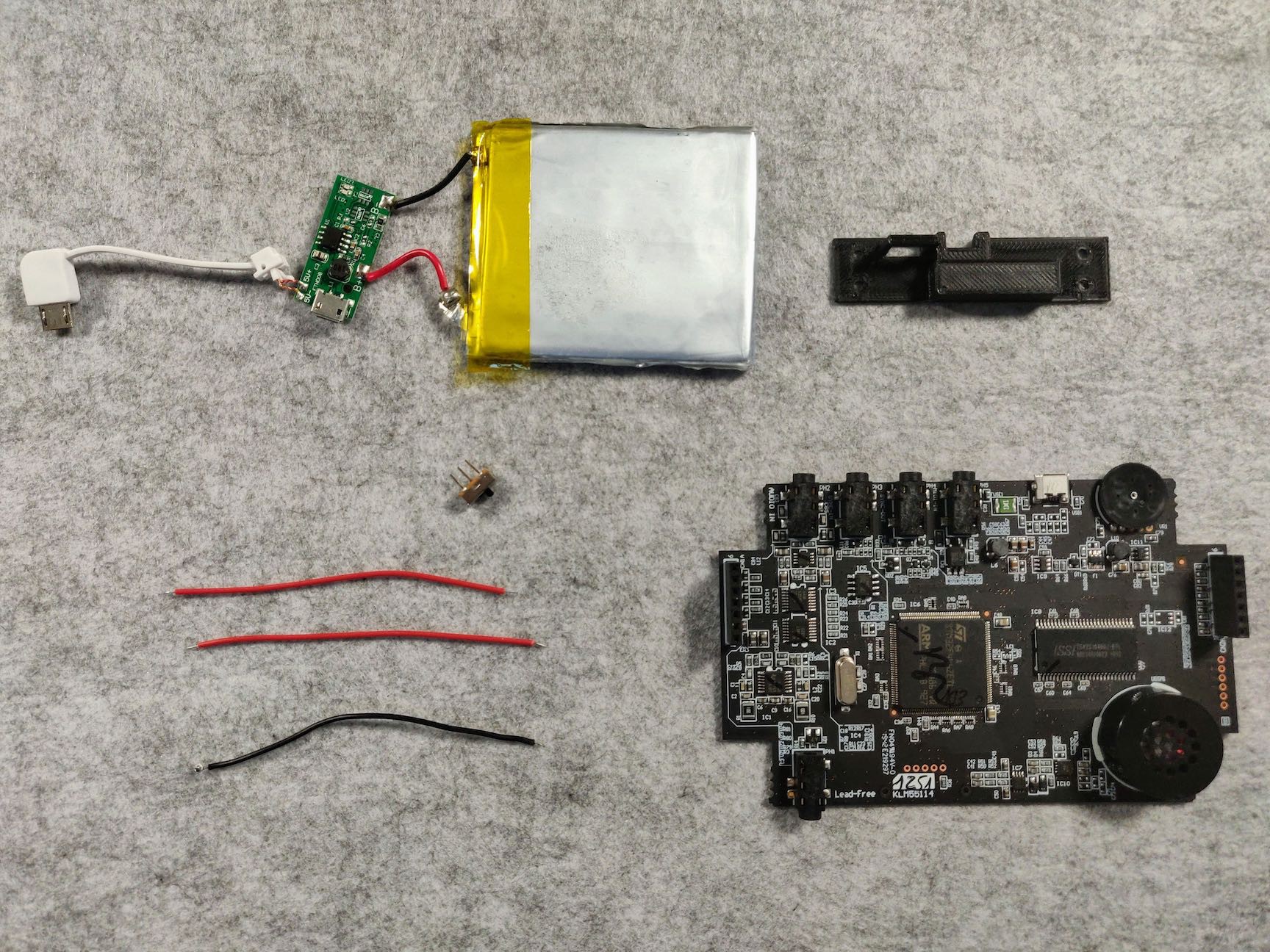
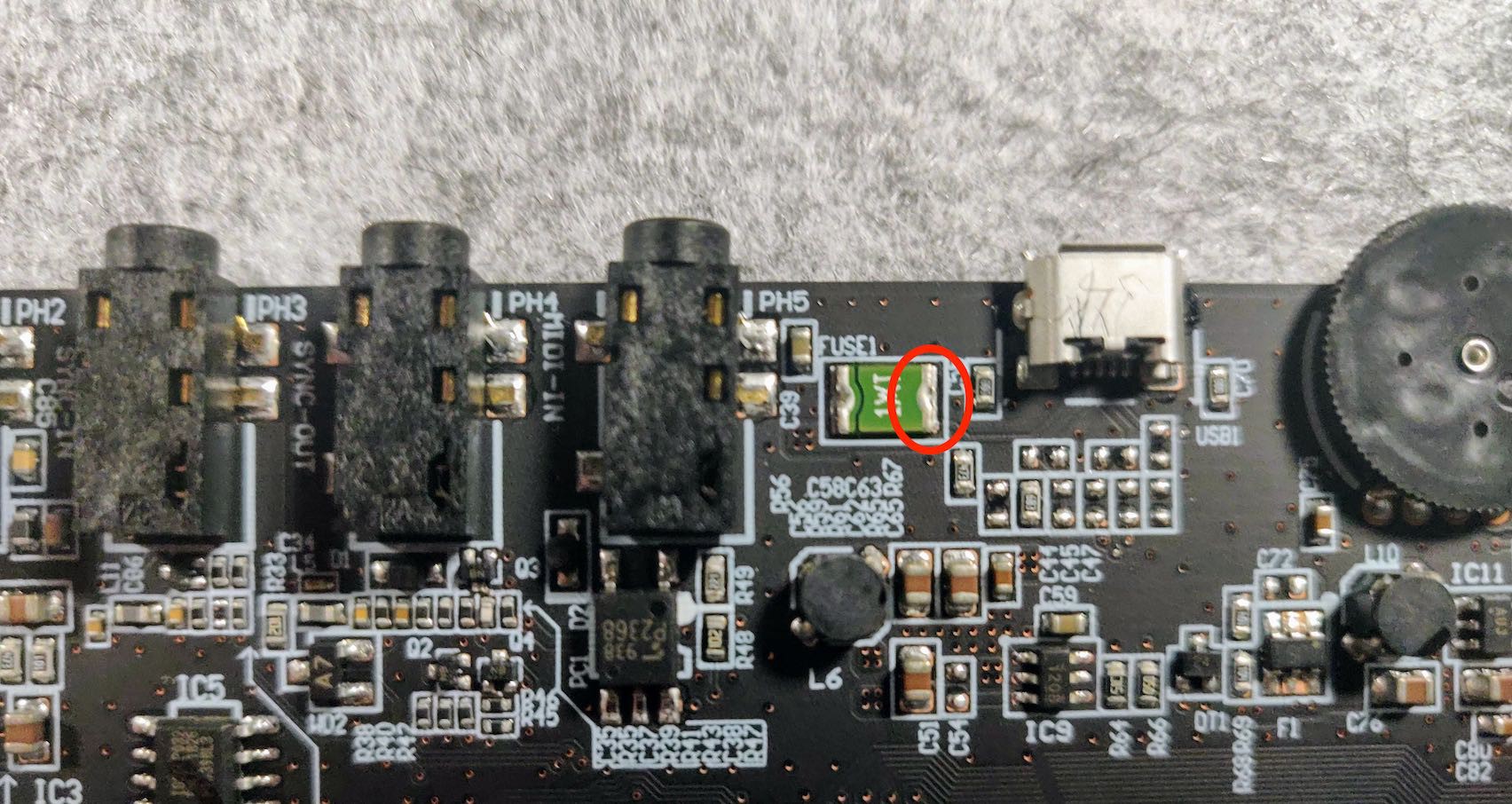
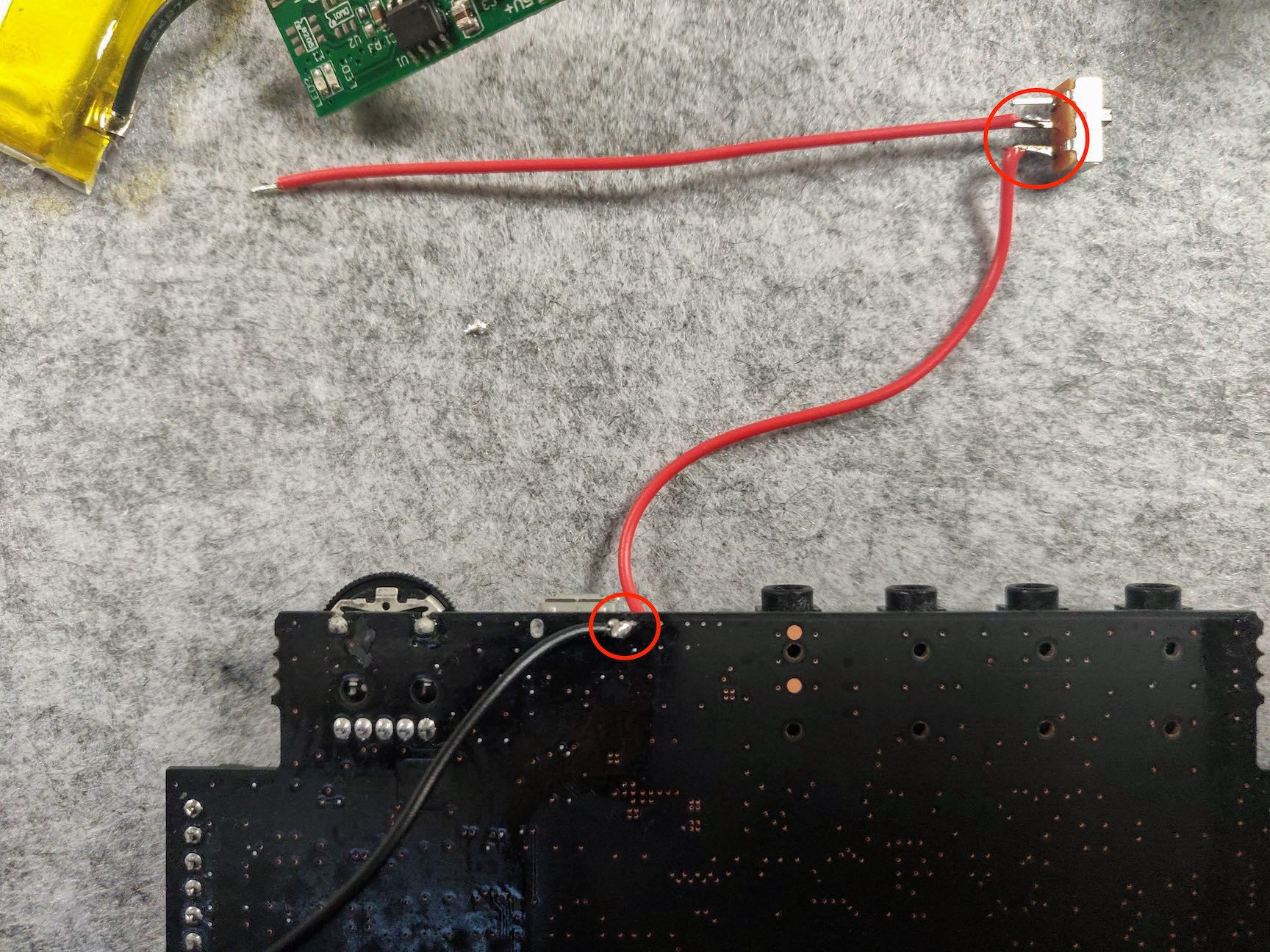
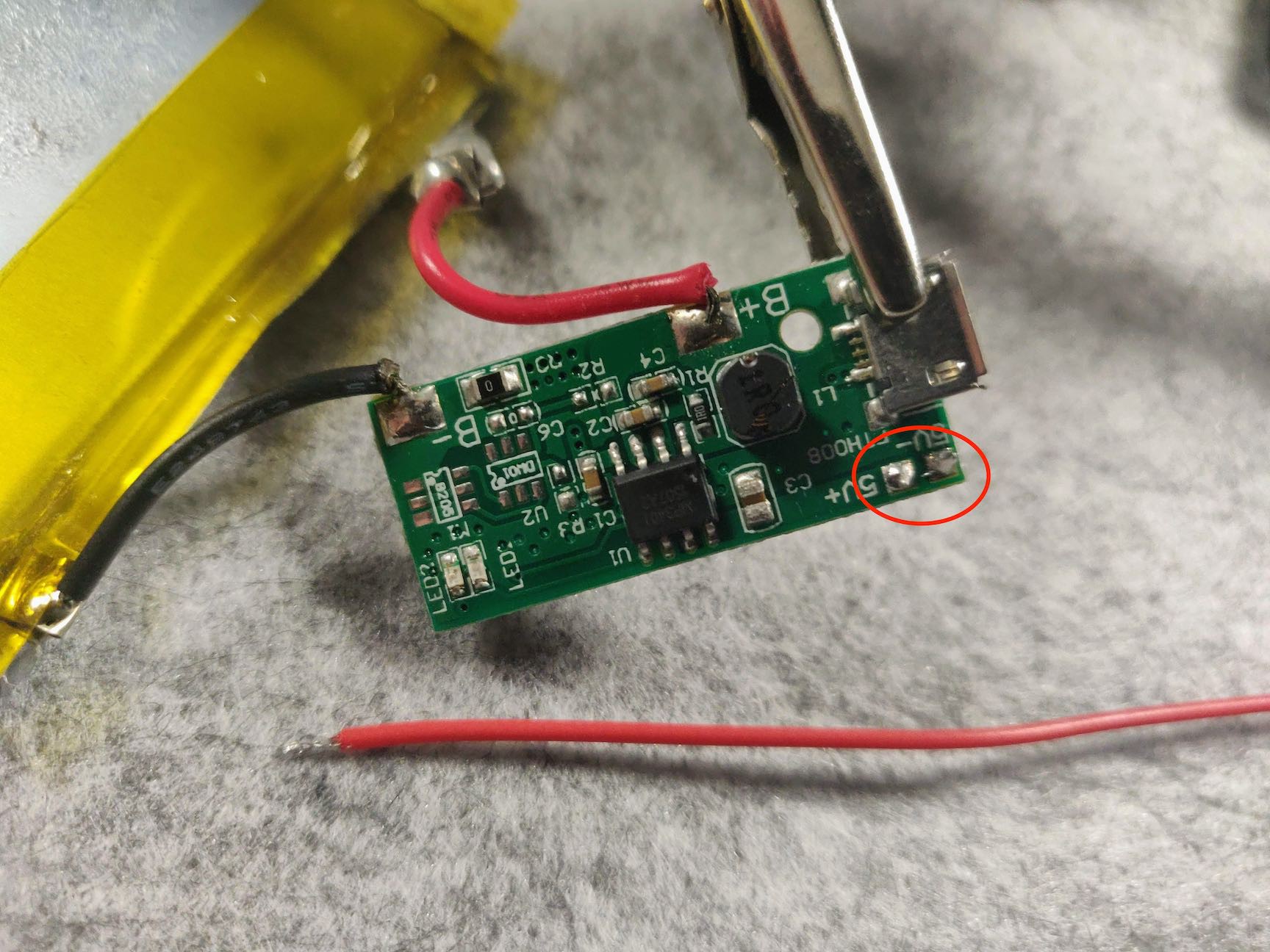
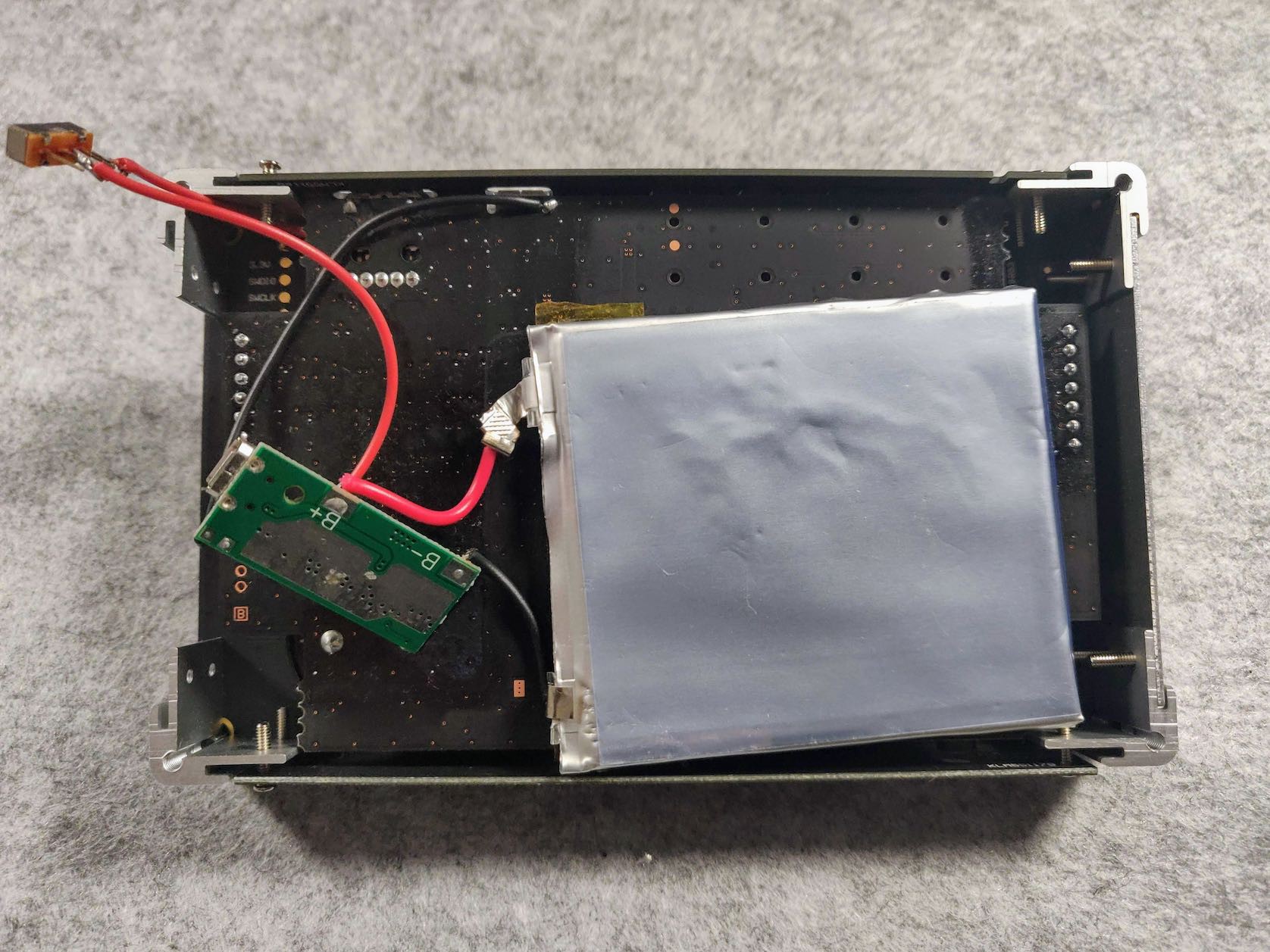
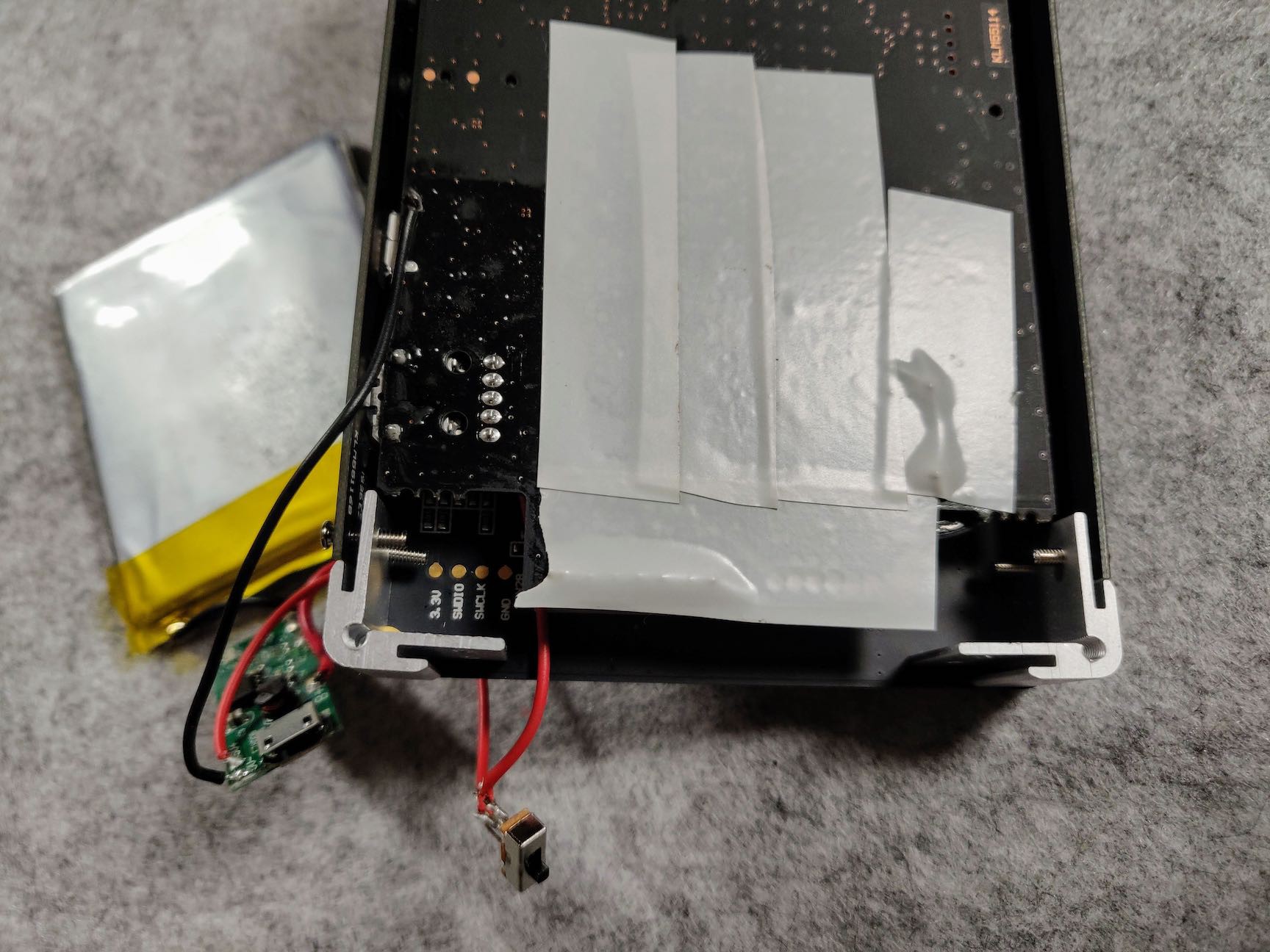


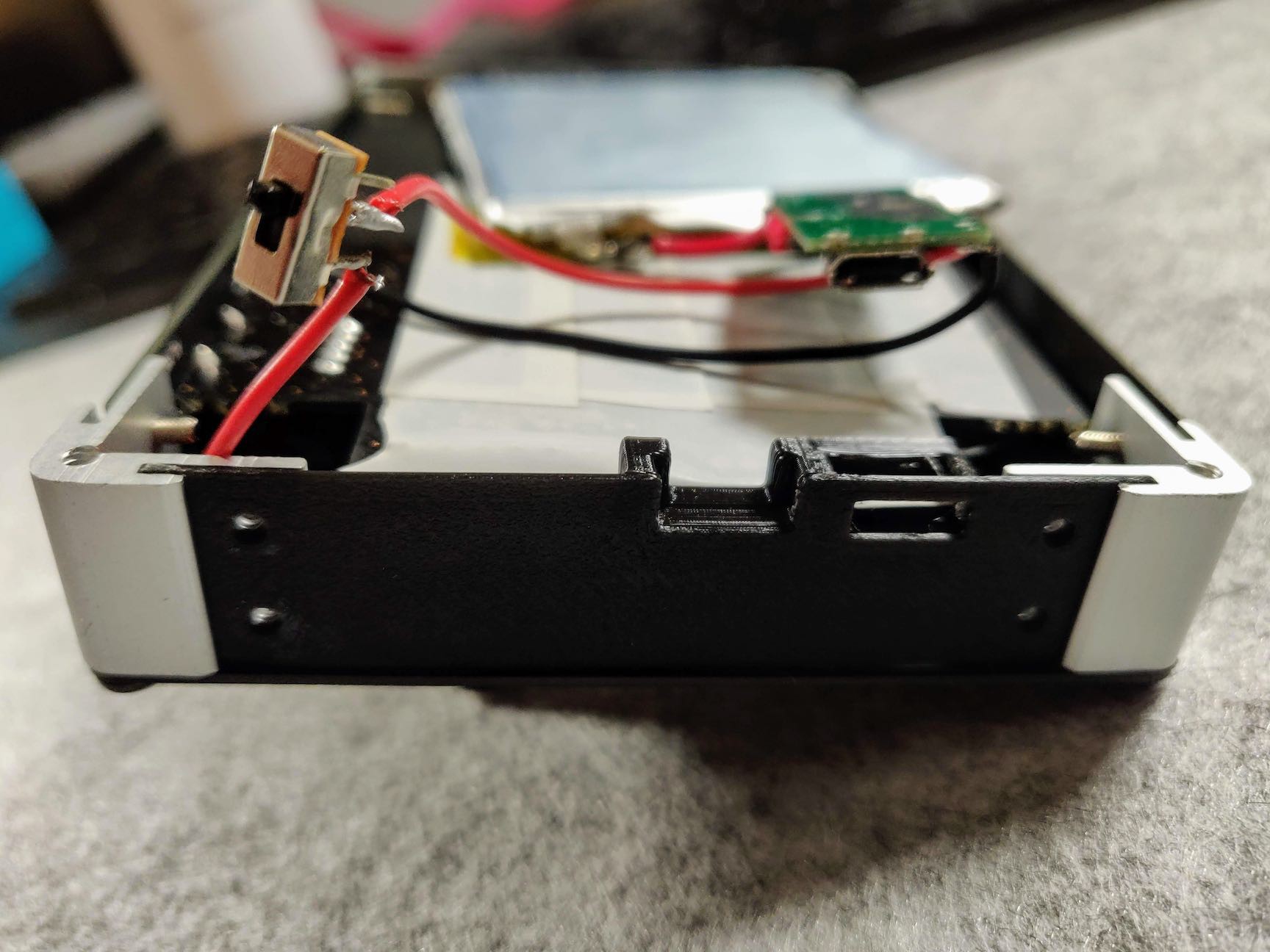
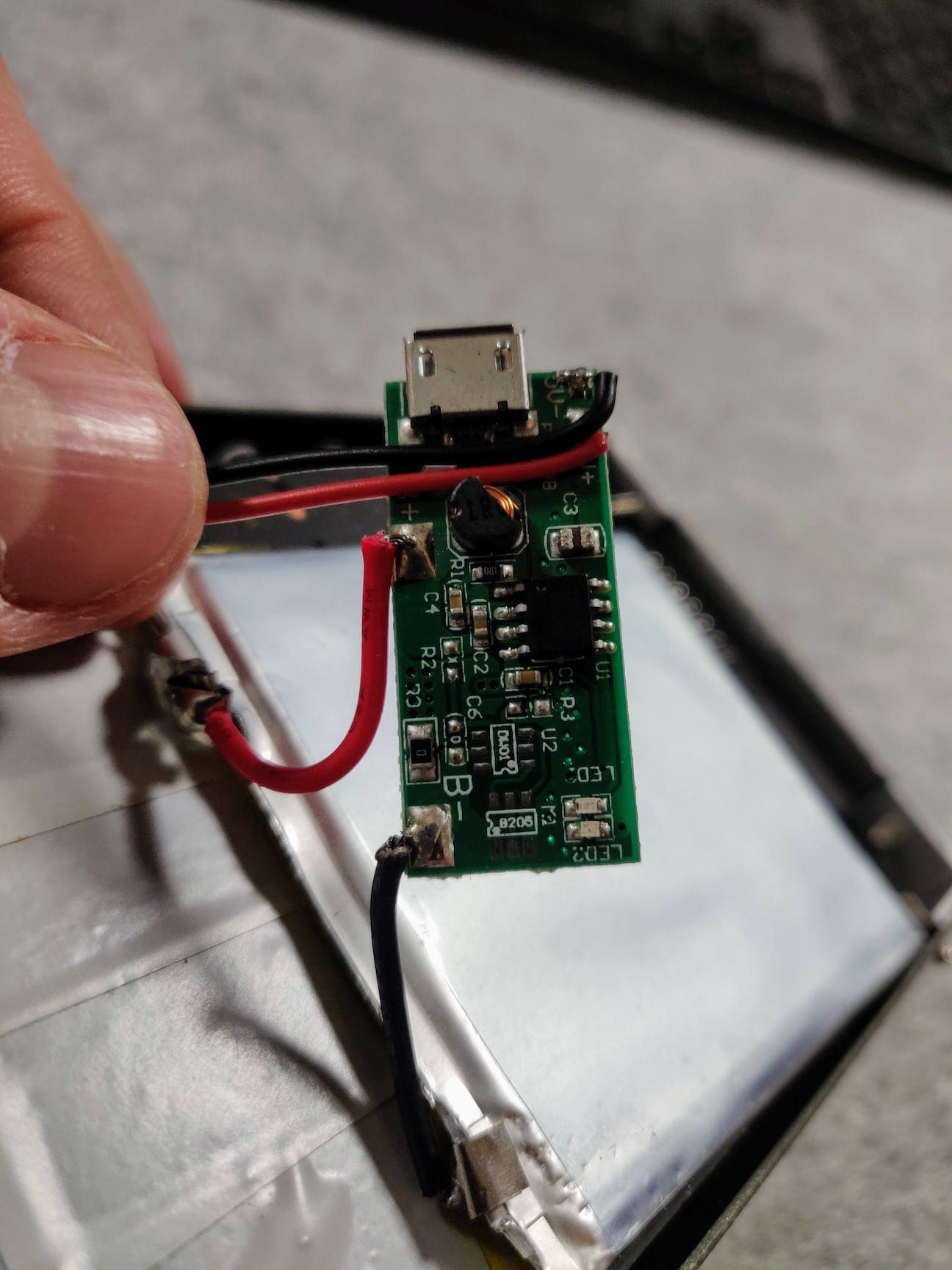
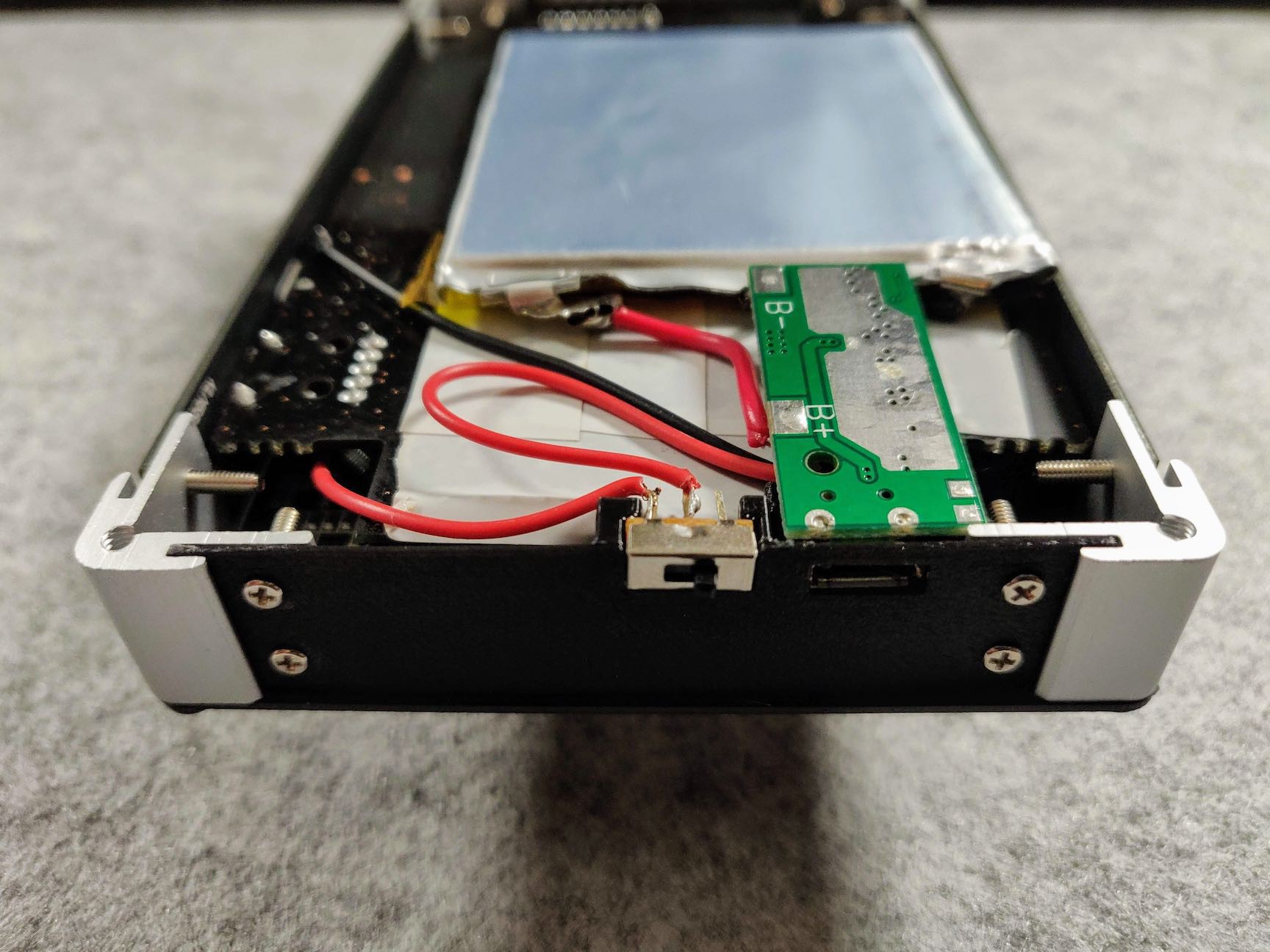
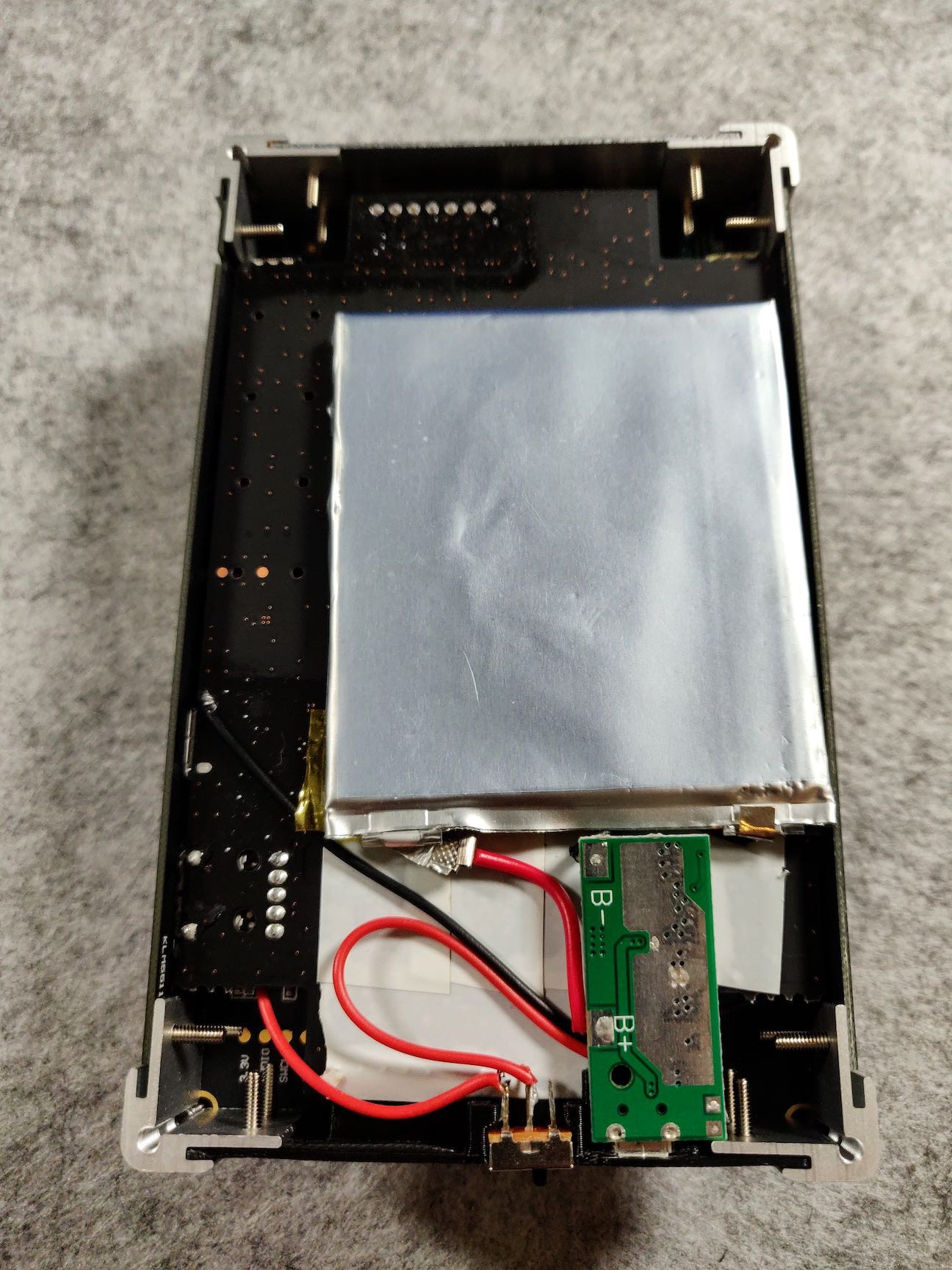
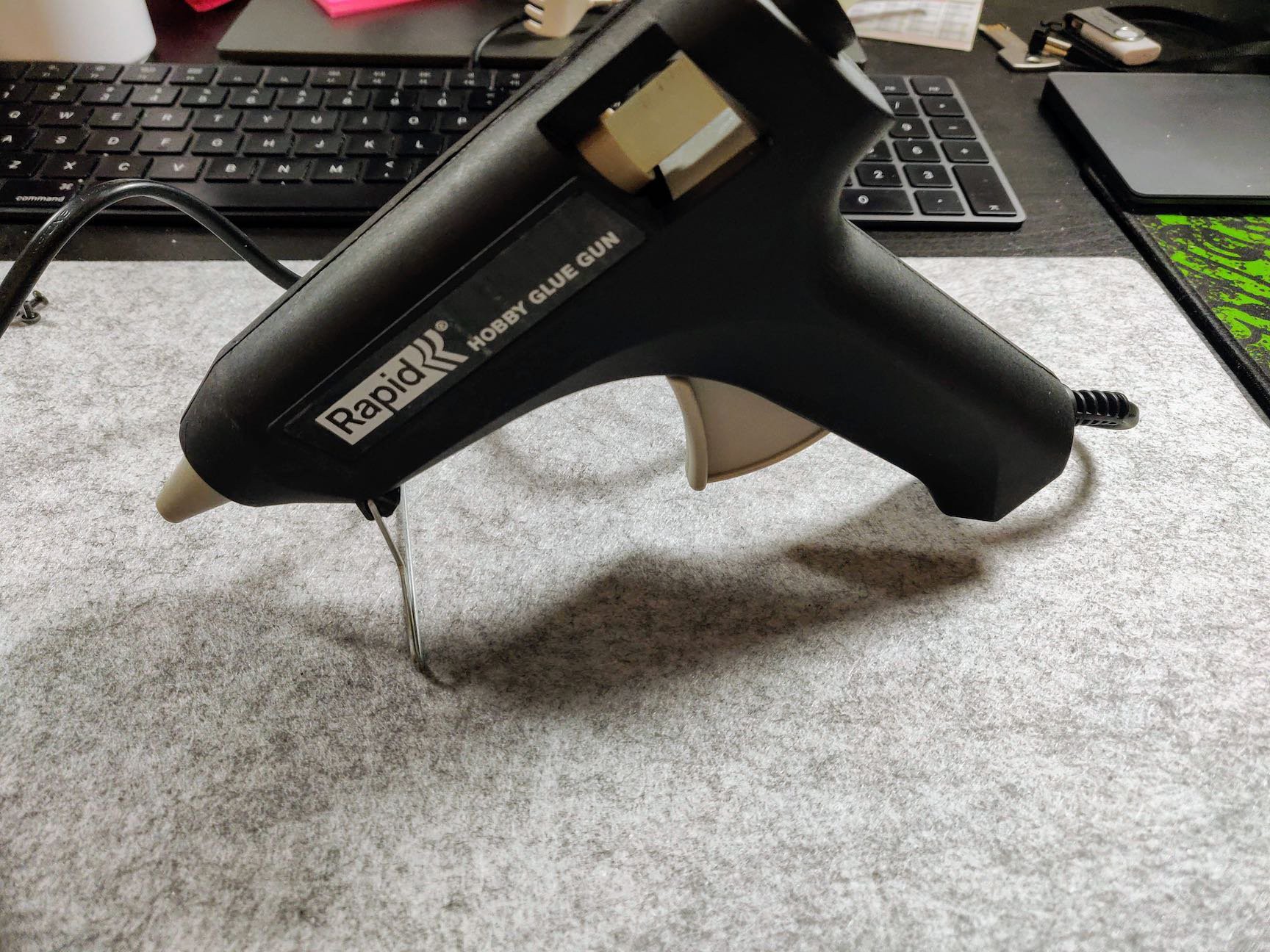
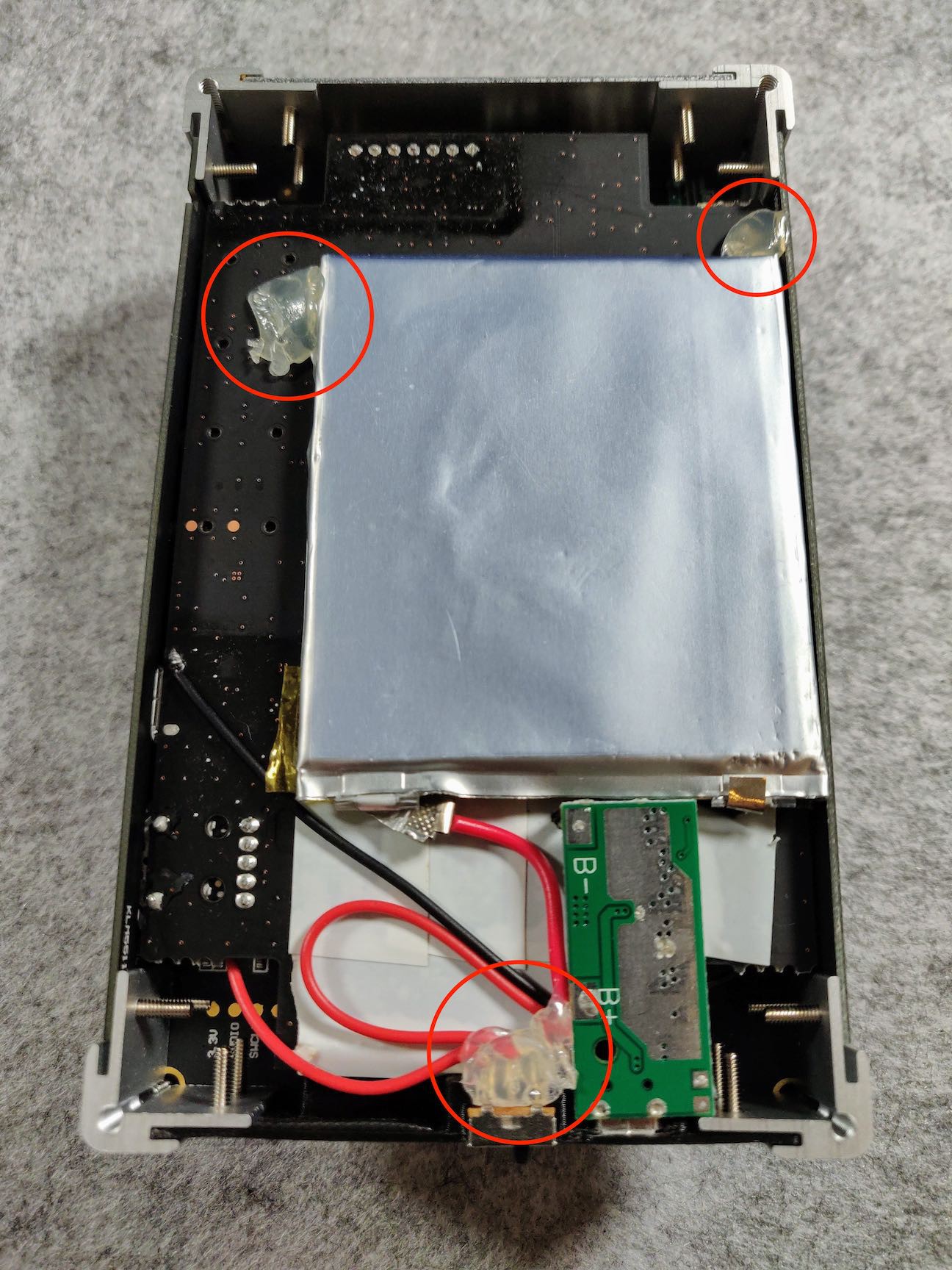

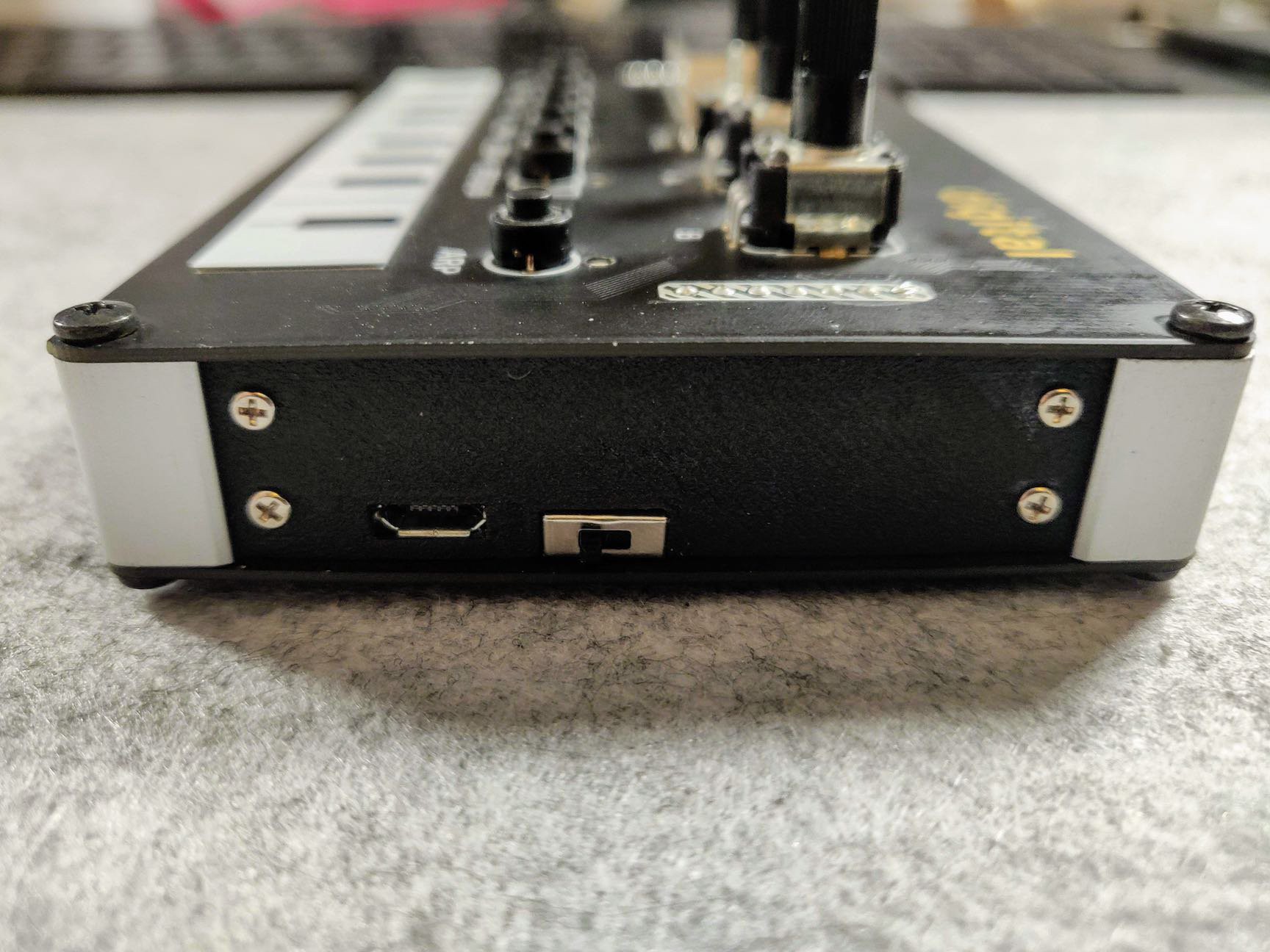
Discussions
Become a Hackaday.io Member
Create an account to leave a comment. Already have an account? Log In.
Thanks for posting this mod - I've just got the NTS-1 and am wondering about doing something similar to you with a battery. I see on the board next to the speaker are a bunch of labelled pins including ground and 5v that might be a good place to hook up a switched battery? It might then be possible to disconnect the power lines from the original USB port so it only functions for PC / MIDI connectivity? Also interested to see the pins in the same location marked 'MIDI out' and wondering how/ where to add this!
Are you sure? yes | no